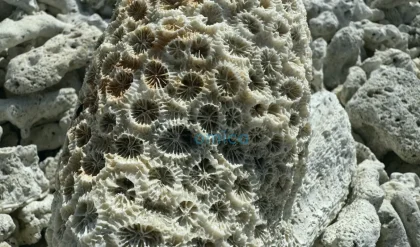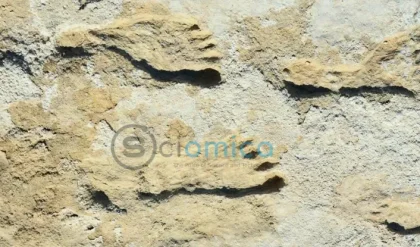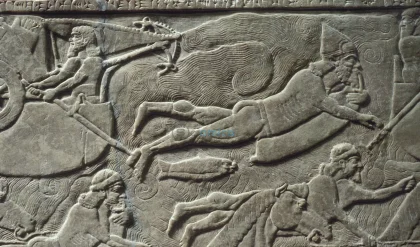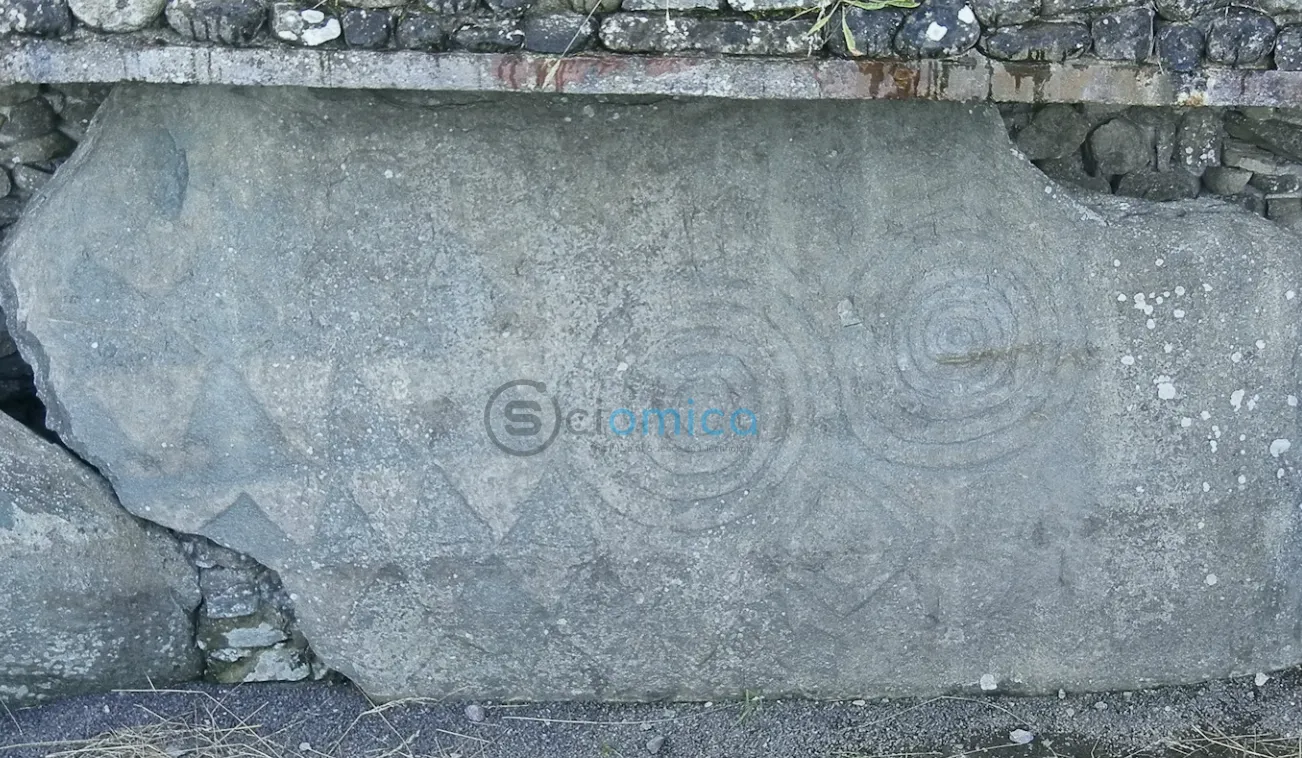
Recent research has brought into question the long-held belief that an incestuous social elite governed over the ancient Irish population more than 5,000 years ago. The study centered around the burial evidence from the Newgrange prehistoric monument, a significant circular mound located in Ireland that contains a chamber where both cremated and unburnt human remains have been discovered. This archaeological site previously led researchers to speculate that those interred there must have belonged to a higher social class or a royal lineage.
In 2020, a DNA analysis on a skull fragment found in this chamber indicated that at least one individual entombed was the offspring of a relationship between siblings or between a parent and child. This individual was also found to be distantly related to others buried within the same chamber. The assumption had been that the selective burial of such an individual reflected societal acceptance of incestuous relationships, perhaps as a common practice among a ruling elite.
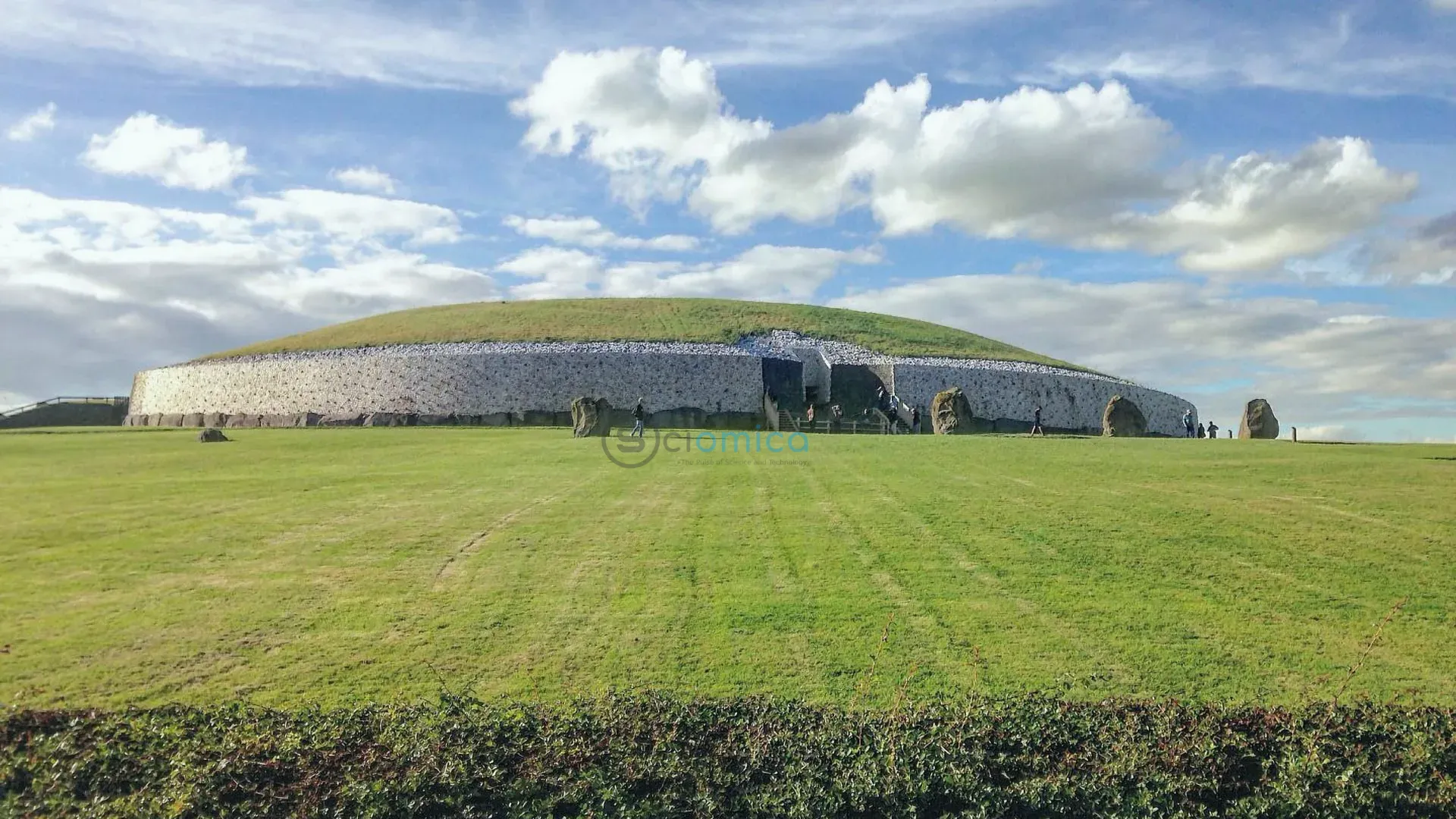
However, a comprehensive research team, including scholars from the University of York and University College Dublin, has presented evidence that challenges the notion of an existing elite class. Their findings indicate that there is no supporting data in terms of nearby settlements, dietary practices, or trade that would suggest the presence of an economic or social elite during this time period. Instead, researchers propose that society was more egalitarian, characterized by resource-sharing and living in similar types of dwellings.
According to Professor Penny Bickle from the University of York’s Department of Archaeology, the evidence points to a community with a more collective ethos. She noted the absence of significant disparities in diet and the relatively uniform nature of the houses, indicating a lack of social stratification. “We do not see the large settlement systems or trade mechanisms typical of other ancient societies, such as Ancient Egypt, where incest was believed to be practiced by the ruling class,” stated Bickle.
The Newgrange monument, older than both Stonehenge and the Pyramids of Giza, is thought to have been constructed by a farming community thriving in the Boyne Valley, County Meath, around 5,000 years ago. Rediscovered in 1699, the interior of Newgrange had already been considerably disturbed before modern excavations in the 1960s, leading researchers to ponder whether the chamber was indeed the original resting place for the skull fragment known as NG10, dated between 3340 and 3020 BC.
Typically, genetic clustering observed at passage tombs like Newgrange reflects distant familial relationships rather than close connections. The lack of nearer genetic ties in Newgrange indicates that these tombs were likely not reserved for an elite but instead served as communal sites representing family and social relationships.
Associate Professor Jessica Smyth from University College Dublin emphasized that while the individuals selected for burial in the passage tombs were undoubtedly seen as special, the reasons behind this selection remain unclear. “During this period, bodies were not typically buried whole; they underwent processes of breakdown, cremation, and dispersion throughout the community,” she explained.
As many remains found in these tombs were fragmented and mixed, it complicates the understanding of the significance of the individuals interred, including NG10. Professor Bickle pointed out that the precise burial history of NG10 remains ambiguous, making it difficult to ascertain the individual’s identity or familial connections. “As it stands, the existence of incestuous lineage in NG10 appears as an anomaly compared to a broader analysis of DNA data from Neolithic Ireland,” she added.
The ongoing research sheds light on an ancient community that might be far more inclusive and egalitarian than previously theorized, a finding that continues to evolve as scholars work to unveil the complexities of social structures in early Ireland. The study’s results have been published in the journal Antiquity.



